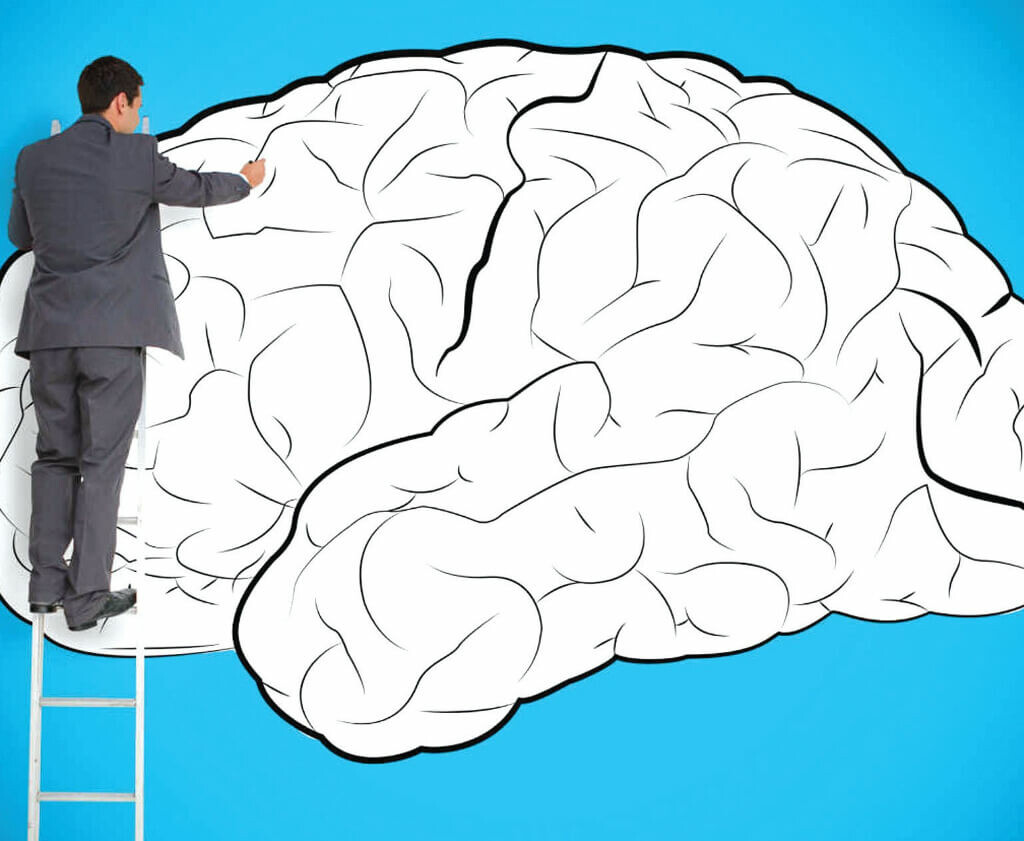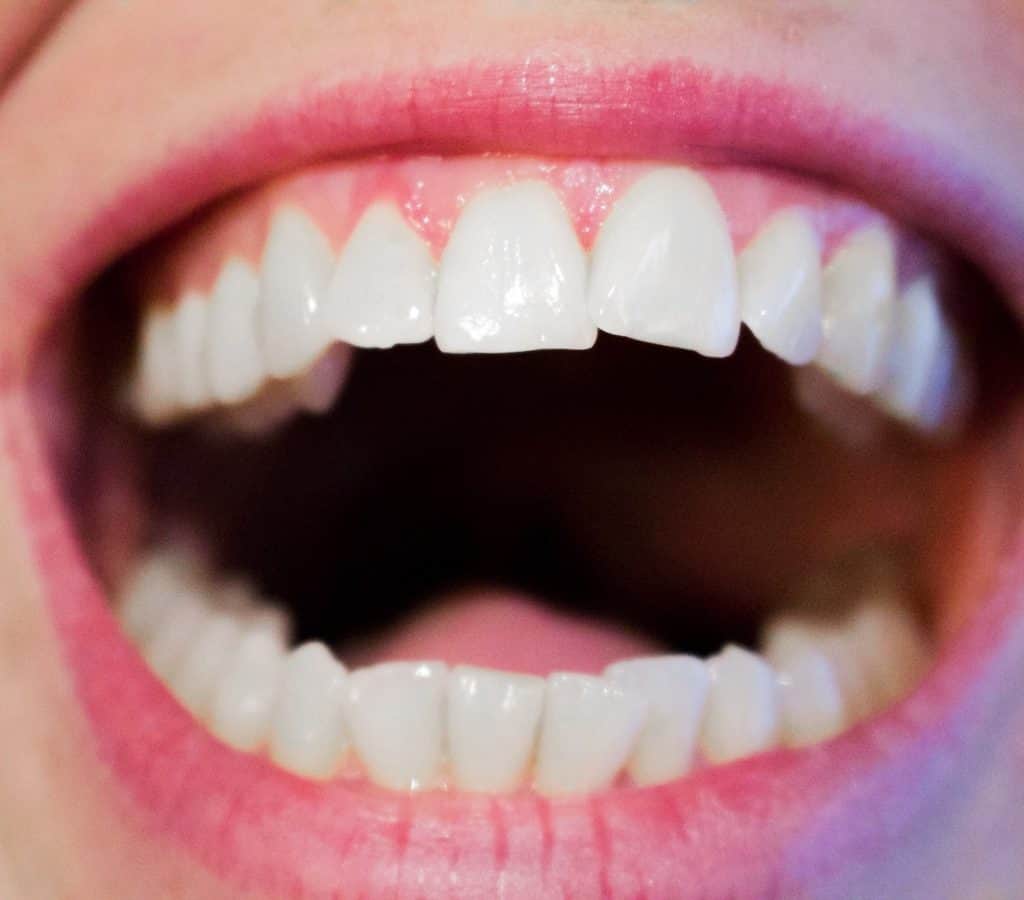Biological Decoding, sometimes referred to as Biodescodification, is an adjunctive therapeutic approach that postulates a correlation between physical or emotional manifestations and the stress induced by an individual’s traumatic experiences.
Biodecoding: Unraveling the Effects of Emotional Traumas on Physical and Mental Well-being
Per this therapeutic method, prior to a symptom’s appearance, the individual has endured emotional turmoil.
It’s worth noting that not all stressful occurrences culminate in the emergence of a symptom. However, when a symptom is present, it suggests the individual has navigated a traumatic episode in a particular manner. The human anatomy is an intricately crafted apparatus equipped with adaptive mechanisms for unfavorable scenarios.
Take, for instance, an individual whose profession brings about anxiety and unease. Merely contemplating his role elicits gastric distress. Gradually, these signs transform into migraines and sensations of inundation.
In due course, an ulcer diagnosis is made—a result of persistent stress. Biological Decoding posits that these manifestations act as bodily signals spotlighting the ramifications of stress on the system. By attuning to the body’s cues, one might discern the root causes of its ailments.
This methodology argues that symptoms are not arbitrary. Though our immediate instinct might be to mitigate discomfort, we seldom ponder its genesis. Such discomforts are often ascribed to genetic predispositions, external stressors, or external elements.
The foundational belief of Biological Decoding is that symptoms arise as reactions to lingering traumatic disputes. These disputes, termed biological shocks or bioshocks, emanate from dire scenarios that seem insurmountable. Confronted with such predicaments, the mind strategizes for adaptability, potentially culminating in the display of distinct symptoms.
At its core, the body undergoes a trajectory: it encounters a dispute, undergoes stress, and then a malady surfaces. While every individual is distinct with varied life events, it’s typical for the body to manifest illnesses when emotionally overwhelmed by trauma.
The Essential Tenets of Biodescodification
Outlined below are the seven pivotal aspects of biodescodification that are imperative for comprehension, aiding in discerning which conflicts might precipitate illness:
Emotional Scars
Emotional scars are borne from distressing episodes throughout our existence. They might manifest as emotional challenges—whether it’s stress, despondency, diminished self-worth, or an aversion to confiding in others. Such scars can be as palpable and enduring as physical wounds, taking a toll on our psychological well-being.
Symptoms
A symptom serves as the body’s method to regain physiological balance post confronting a taxing situation. Symptoms might be physical (like migraines), behavioral (such as agitation), or relational (marital disagreements, for instance).
Through symptoms, biodescodification furnishes insights into the nature and intensity of the conflict, as well as the individual’s current state post encountering said conflict.
Biomoment or Biological Onset
The biomoment, or the biological onset, denotes the precise juncture at which one encounters a traumatic incident. Until this moment, the individual was in a state of equilibrium. However, subsequent to this onset, there’s a surge in cortisol levels, putting the body on high alert.
To pinpoint the genesis of the biomoment, it’s paramount to take into account these four criteria:
- Intensity: The incident is profoundly unsettling for the person.
- Unexpectedness: It comes without warning—like a sudden revelation or an accident.
- Solitude: The experience is solitary in nature—the anguish is individual and private.
- Inexpressibility: At the moment of the crisis, one finds it challenging to verbalize their feelings. The individual might even be rendered speechless.
The body, in its resilience, endeavors to counter this crisis. Until an efficacious remedy is found, cortisol remains elevated.
Conflicts
In the vast realm of human reactions, experts classify conflicts by how one responds to distressing circumstances:
- Programmatic conflict: Rooted in early childhood, prenatal stages, or even tracing back to transgenerational events, these conflicts arise from one’s inaugural encounter with stress or trauma.
- Triggering conflict: Intertwined with the programmatic conflict, it awakens when an event mirrors aspects of a prior traumatic experience, leading to the emergence of a symptom. Resolving such conflicts necessitates probing the emotional scars tied to the programmatic conflict.
- Structuring conflict: Repeatedly encountered throughout one’s life, these conflicts shape our personal identity. Our reactions to stress solidify into patterns, integrating the conflict into our very core.
Various other conflict variations pertain to individual strategies for coping with pain and stress. A few commonly discussed include:
- Diagnostic conflict: Confronting an unforeseen illness diagnosis can evoke profound emotional responses, unleashing anxieties, and surfacing symptoms. This phenomenon is termed diagnostic conflict, attributed to the emotional weight of the revelation.
- Prognostic conflict: The anxiety stemming from comprehending the potential repercussions of an ailment is labeled as the ‘prognostic’ conflict.
- Self-prognostic conflict: Not externally induced, these emerge from one’s inner reactions to events. Such internal mechanisms can spiral into a self-sustaining cycle, where symptoms and stress amplify each other. For instance, discontent with one’s appearance can spur negative self-reflections upon a mirror gaze, subsequently eroding self-worth.
Disease
View illness as the body’s response to stress, termed a biological survival program (BSP). This lens bifurcates the disease into two phases, which ascertain the individual’s status:
- Active Phase: The ongoing, unresolved conflict keeps the individual in a heightened state of stress. If unaddressed, the symptom could intensify or persist indefinitely.
- Restoration Phase: Here, the conflict finds resolution, and the person transitions from stress. Having navigated through the ailment, they step into a recuperative phase termed vagotonia or the restoration phase. During this interval, symptoms such as fatigue, febrile episodes, swelling, or infection might manifest.
Discerning these stages proves vital in administering care. The approach to intervention hinges on whether the individual remains embroiled in the conflict or is on the path to healing.
If the patient remains entrenched in conflict, the emphasis shifts to alleviating stress and finding resolutions to the underlying trauma. Conversely, if the patient demonstrates signs of recuperation, efforts can address both the settled conflict and potential emotional scars or harmful emotional patterns.
The Realm of the Unconscious
The unconscious stands as the repository of our memories and experiences. Remarkably, this cerebral segment accounts for 97% of our behaviors and actions. Consequently, Biological Decoding interfaces with the unconscious, tapping into traumatic incidents to address emotional distress.
Intriguingly, the unconscious doesn’t discern between reality and perception, facilitating access to bygone sensations and even the capability to reshape memories.
Biological Decoding
The biodecoding expert employs a tailored method to steer individuals towards discerning their symptoms and pinpointing the root conflict.
By deconstructing the symptoms, the therapist unravels the underlying conflict. Through probing, the therapist aids the individual in pinpointing the exact juncture of the bioshock. Once surfaced at the unconscious tier, the decoding process ensues: linking with the event, alleviating stress, and addressing emotional anguish.
At its core, Biological Decoding centers on unearthing the conflict and liaising with the unconscious to confront distressing recollections.
Biodecoding: An In-Depth Analysis
The realm of Biodecoding is both fascinating and, at times, intricate. For a lucid understanding of this subject, we delineate the process of deciphering a symptom into five distinct stages.
The Pivotal Shock
A sudden and unforeseen event transpires, inducing a profound stress response. Consequently, our physiological system amplifies its cortisol output, while our brain strategizes to circumvent the perceived “threat”.
Onset of Symptoms
Post this pivotal shock, a symptom materializes, mirroring our stress perception. The more intense and enduring the stress, the more severe the symptom becomes. For instance, struggling with a minor change might present as mere indigestion. Yet, if this alteration triggers considerable stress, it may culminate in an ulcer.
Pinpointing the Underlying Issue
Every symptom is rooted in a conflict. Biodecoding aids an individual in discerning the core conflict behind the symptom’s emergence. Once discerned, the decoding ensues.
Decoding Procedure
The symptom is deconstructed by associating it with memories linked to the conflict, letting the related physical sensations emerge. The body then processes these sensations until they diminish.
Subsequently, internal needs are met and intrinsic techniques are employed, enabling the brain to grasp alternative stress-coping mechanisms. This fosters a more constructive approach to managing challenging and taxing scenarios.
Constructive Resolutions
Addressing discomfort paves the way to settling internal conflicts. By catering to these internal needs and uncovering mental strategies, the brain evolves to formulate more proficient resolutions. Thus, addressing conflicts not only alleviates present symptoms but also equips the brain to stave off potential occurrences.
To put it succinctly: the ailments and hurdles we face in life are coded messages, enlightening us about our reactions to distress and strain. By decrypting the intent of a symptom, we can discern and cater to our internal requirements, fortifying our conflict resolution capabilities.
Sourced from Aranzazu Par Wolder of the Angeles Wolder Institute.
Psychotherapist and Educator. Executive Director and faculty of the Angeles Wolder Institute. Holds a degree in Psychology and a Master’s in Educational Psychology MIPE. Also possesses a Master’s in Human Resources Management. Proficient in emergency response, Psychodrama, Family Constellations, Biodecoding, and Grief Counseling.




